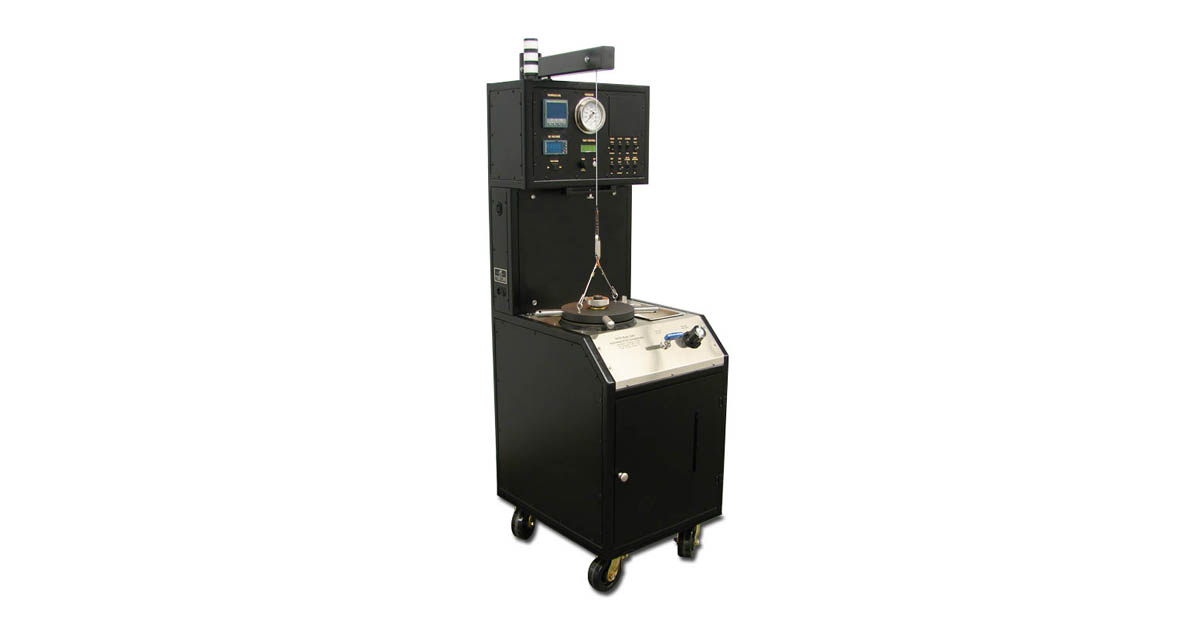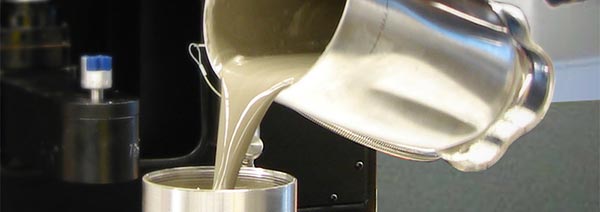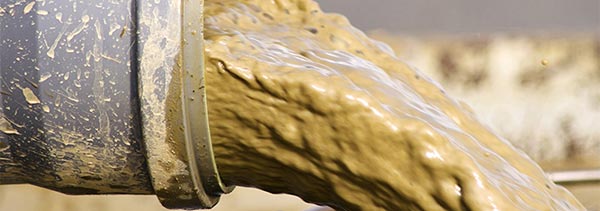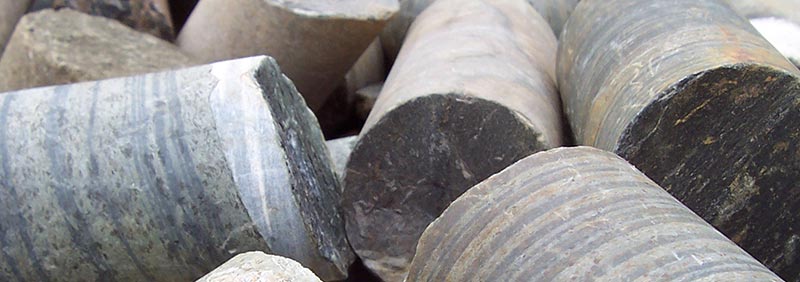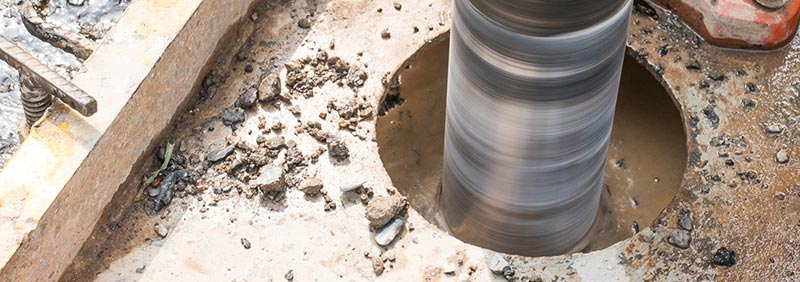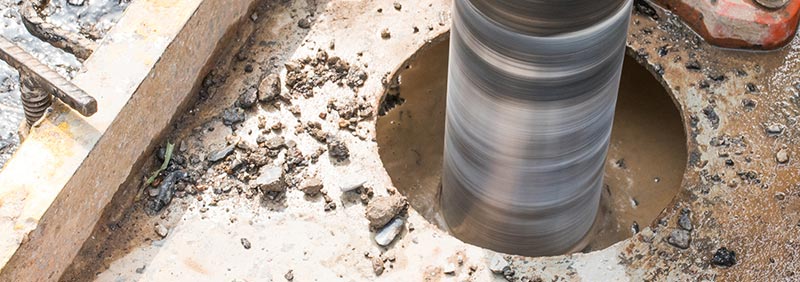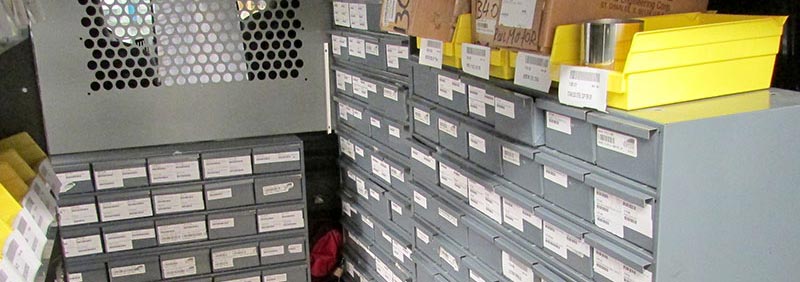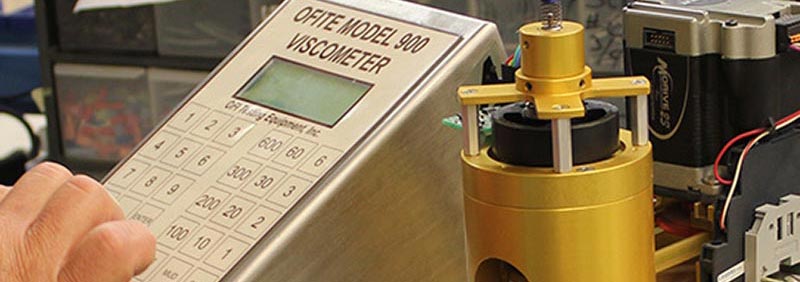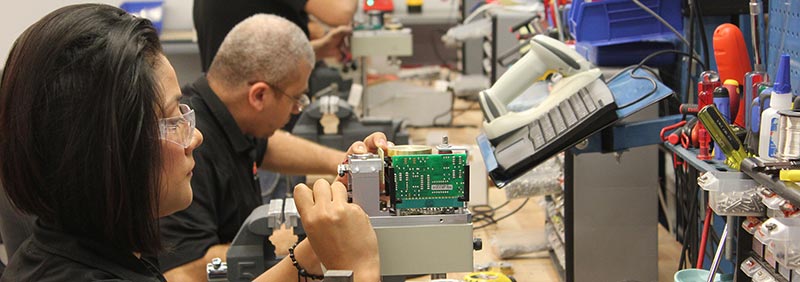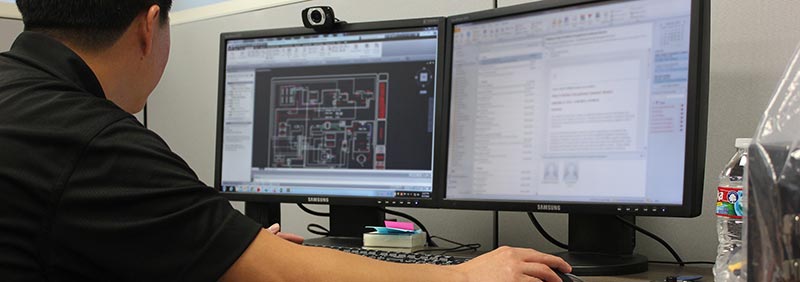Newsroom
Pressurized Consistometers Provide Valuable Information About Cement Thickening Time
For oilfield service companies trying to cement a well, the thickening time of the cement slurry is the critical slurry property to control. A typical cement job requires the slurry to be mixed at the surface and pumped downhole. Cement slurry that sets up too soon leads to a Cement Left In Pipe (CLIP) situation. A CLIP occurs when cement fluids set up inside the steel casing during placement. Costs associated with both the well and nonproductive time is significant. Slurries with extended thickening times lead to costly extended time on station as the drilling rig is required to remain on station in order to provide support for the casing. In a worst case scenario, the well is at risk of complete loss of control as the cement is unable to maintain both zonal isolation and well integrity.
Laboratories need the capacity to gauge the performance of the cement slurry in order to accurately predict how that slurry will perform under conditions that are found in an oil well. The most fundamental tool to measure the thickening time of a cement slurry is the pressurized consistometer.
Designed to conform with API Spec 10A and RP 10B2 standards, the OFITE pressurized consistometers are designed to work at temperatures up to 600 F° (315 C) and pressures up to 40,000 psi (275 Mpa). With a nominal rotation speed of 150 rpm, the pressurized consistometer is capable of utilizing an oil bath to bring fluids up to target temperatures and pressures with high degrees of accuracy and control in order to simulate downhole conditions found in an oil well. The cement slurry is then maintained at that temperature until the cement slurry is considered set.

